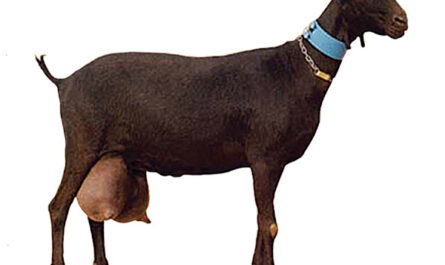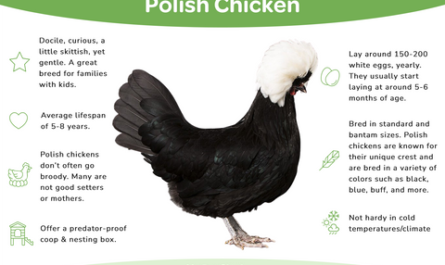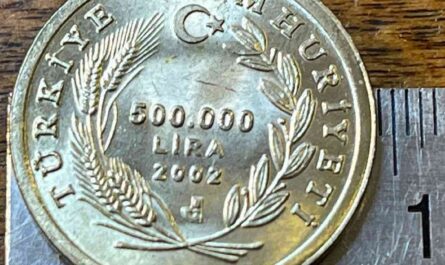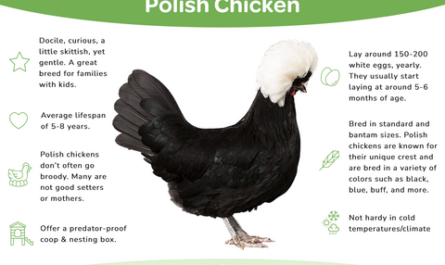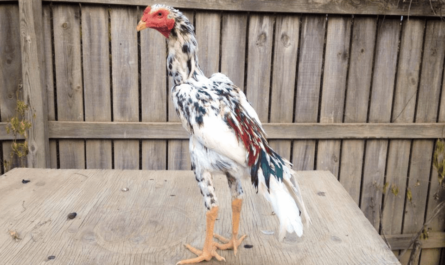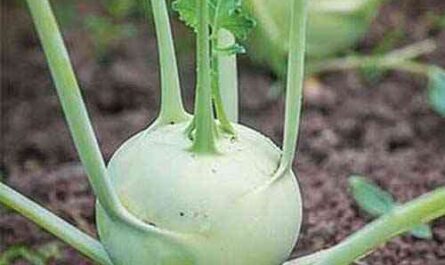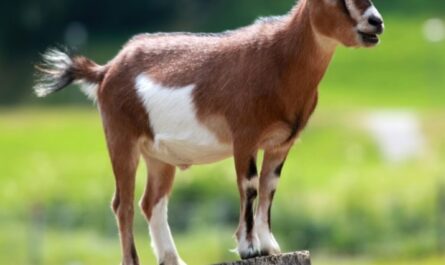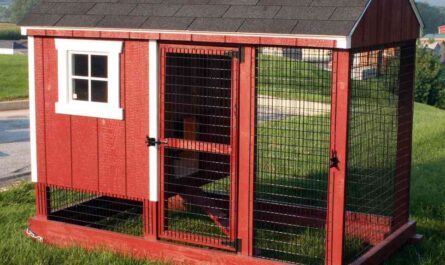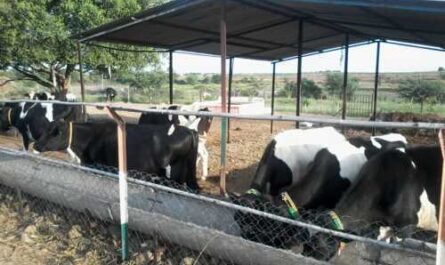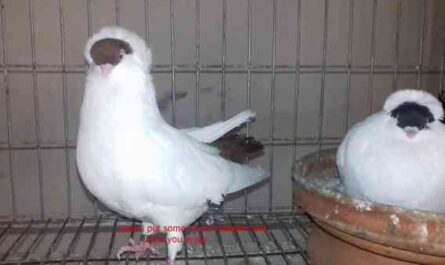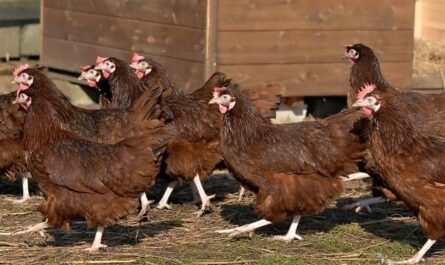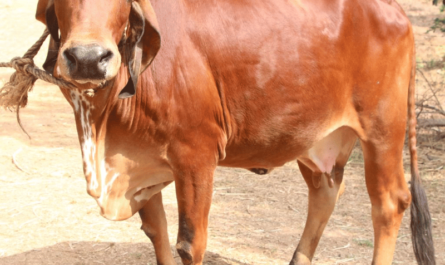The Hampshire sheep is a breed of domestic sheep from the United Kingdom. It is also known as Hampshire sheep downand he was born around 1829.
He was bred by crossing the Southdowns with the Old Hampshire breed. Old Hampshire breeds include the Wiltshire Horn and the Berkshire Knott.
Hampshire farmer by name John Twinam crossed his then Hampshire flock with Cotswold rams around 1829.
The resulting crossbred rams were compact, blocky animals that formed around 1835 and were sold into 6 or more of what were to be the first recognized breeding flocks of Hampshire sheep in the UK.
The Hampshire sheep breed was named after its place of origin. Hampshire is located on the south coast of England, in an area with a milder climate than many parts of the UK.
The first breed appeared in the United States in 1840. Apparently, these animals died prematurely during the Civil War, and fortunately more sheep arrived in 1879.
The American Hampshire Down Sheep Association was organized in 1889 and is now known as the American Hampshire Sheep Association. However, for more information about this breed of sheep, read below.
Characteristics of the Hampshire Sheep
Hampshire sheep are large animals with strong musculature and thick, thick bodies. They are like bulls in the world of sheep.
They are mostly white. They have a dark face with moderately long, slightly drooping ears.
Their legs are also generally dark, with a few hairs below the knees. Usually rams and sheep are polled, that is, they have no horns.
The average live weight of adult Hampshire sheep is around 91 kg. And adult rams weigh an average of about 120 kg. Photos and information from Wikipedia.
Advantages
It is a breed of mutton. It is mainly grown for meat production.
Special Notes
Hampshire sheep are very hardy animals. They are well adapted to almost any climate. These animals have a long breeding season, and ewes have a high percentage of multiple births.
Although these large, active sheep may look a bit intimidating, farmers describe them as calm and laid back. And these features are a plus for farmers and exhibitors.
Adult Hampshire sheep produce an average of 2.7 to 4.5 kg of wool with a thickness of 25 to 33 microns. The length of the fleece fiber is 2 inches to 3.5 inches and the number of wool strands is 46 to 58 with a yield of 50 to 62%.
However, check out the full breed profile of this sheep in the following table.
video
| Breed name | Hampshire |
| another name | Also known as Hampshire sheep |
| Purpose of the breed | Mainly grown for meat production |
| Special Notes | Hardy and active animals, can adapt to almost any climate, have a long breeding period, ewes have a high percentage of multiple births, are very active, very good at meat production. |
| Breed size | big |
| The weight | The weight of an adult ram is about 120 kg, and the body weight of a sheep is about 91 kg. |
| horns | Not |
| climatic tolerance | Virtually all climates |
| Color | White |
| scarcity | general |
| Country/place of origin | UK |
